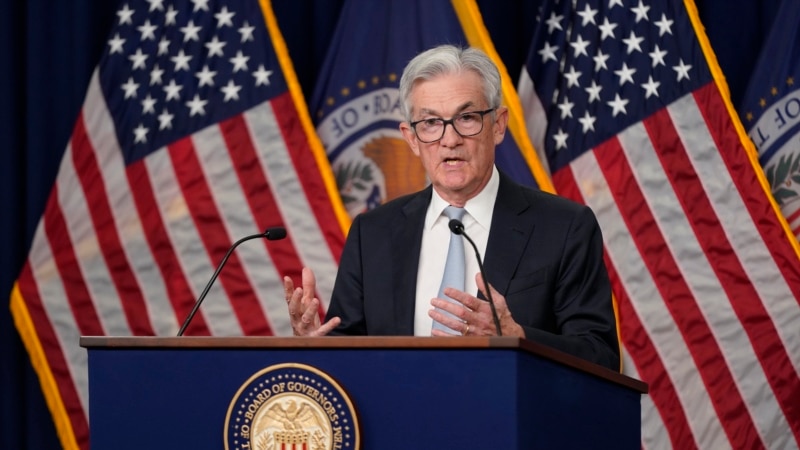The U.S. central bank could scale back the pace of its interest rate hikes “as soon as December,” Federal Reserve Chair Jerome Powell said on Wednesday, while warning that the fight against inflation was far from over and key questions remain unanswered, including how high rates will ultimately need to rise and for how long.
“It makes sense to moderate the pace of our rate increases as we approach the level of restraint that will be sufficient to bring inflation down. The time for moderating the pace of rate increases may come as soon as the December meeting,” Powell said in a speech to the Brookings Institution think tank in Washington.
But, in remarks emphasizing the work left to be done in controlling inflation, Powell said that issue was “far less significant than the questions of how much further we will need to raise rates to control inflation, and the length of time it will be necessary to hold policy at a restrictive level.”
While the Fed chief did not indicate his estimated “terminal rate,” Powell said it is likely to be “somewhat higher” than the 4.6% indicated by policymakers in their September projections. He said curing inflation “will require holding policy at a restrictive level for some time,” a comment that appeared to lean against market expectations the U.S. central bank could begin cutting rates next year as the economy slows.
“We will stay the course until the job is done,” Powell said, noting that even though some data points to inflation slowing next year, “we have a long way to go in restoring price stability … Despite the tighter policy and slower growth over the past year, we have not seen clear progress on slowing inflation.”
The Fed’s response to the fastest outbreak of U.S. inflation in 40 years has been a similarly abrupt increase in interest rates. With a half-percentage-point increase expected at its Dec. 13-14 meeting, the central bank will have lifted its overnight policy rate from near zero as of March to the 4.25%-4.50% range, the swiftest change in rates since former Fed Chair Paul Volcker was battling an even worse rise in prices decades ago.
That has made home mortgages and other forms of credit more expensive for consumers and businesses.
It has not, however, caused any appreciable impact on the U.S. job market, where the current 3.7% unemployment rate has led some policymakers to argue they are free to tighten rates further without much risk.
But it has also had no convincing impact yet on inflation, a fact that has left open just how much further the Fed may need to raise rates into what it refers to as “restrictive” territory designed to slow the economy.
Powell said Fed estimates of inflation in October showed its preferred measure still rising at about triple the central bank’s 2% target.
‘Long way to go’
Powell’s remarks ignited a robust rally in equity and bond markets, which have taken a pounding this year on the back of the Fed’s aggressive rate hikes.
The benchmark S&P 500 index .SPX shot into positive territory and was last up by about 1.5% on the day, and bond yields, which move in the opposite direction to their prices, all tumbled. The yield on the 2-year Treasury note US2YT=RR, the maturity most sensitive to Fed rate expectations, dropped to about 4.47% from 4.52%. The dollar .DXY weakened against a basket of major trading partners’ currencies.
In rate futures markets, traders added to the prevailing bets that the Fed would slow its pace of rate hikes at its meeting in two weeks.
“You can’t keep raising rates as quickly as they were doing it,” said Rick Meckler at Cherry Lane Investments in New Vernon, New Jersey. “That said, investors always like the comfort of hearing it directly from the (Fed) chair.”
Powell noted that the cost of housing is likely to continue to rise into next year, while key price measures for services remain high and the labor market is tight.
“Despite some promising developments, we have a long way to go in restoring price stability,” he said.

